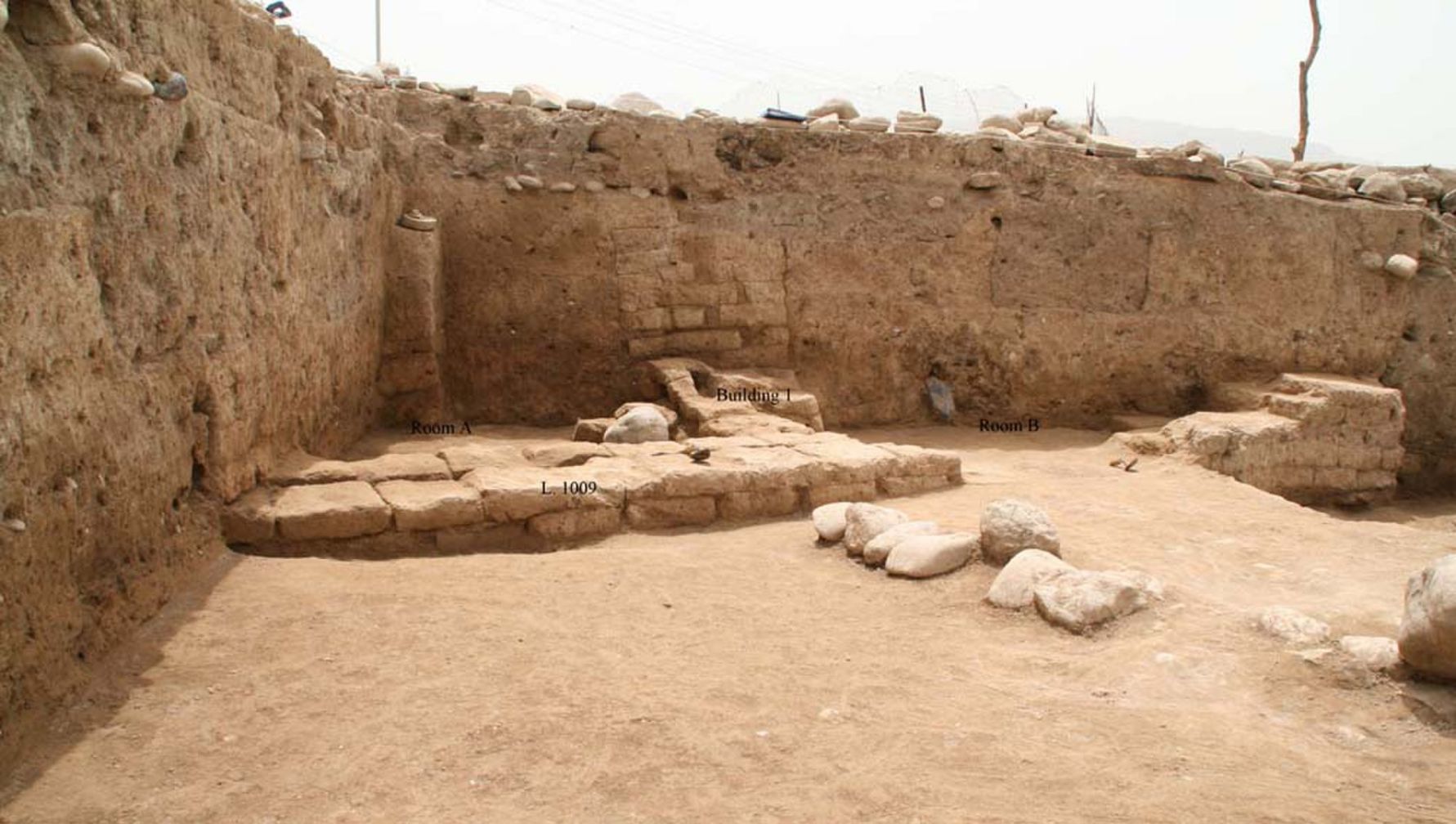In the Kurdistan area of northern Iraq, the remains of an ancient city known as “Idu” have been discovered. It is thought that the city, which is now buried beneath a mound measuring 32 feet (10 meters) in height, once served as a hub for thousands of citizens’ activity between 3,300 and 2,900 years ago.

It was formerly packed with opulent palaces, as evidenced by inscriptions written for monarchs on the walls, tablets, and stone plinths that can be found there.
A resident of the nearby village came across a clay tablet in which the name “Idu” was etched about a decade ago, which led to the discovery of the tablet. It is believed that the inscription was made in honor of the construction of the royal palace by the kings who ruled the area at the time.
The following many years were spent by archaeologists from the University of Leipzig in Leipzig, Germany, excavating the area. They believe that the Assyrian Empire ruled over the city of Idu for a significant portion of its history, which occurred approximately 3,300 years ago.
The origins of the Assyrian civilization have been dated to the third millennium BC. When Assyria was the dominant power in the Middle East in the first millennium BC, some of its most impressive ruins were constructed.

Nimrud was chosen to serve as the royal seat of authority by Assyrian King Ashurnasirpal II (883-859 BC). The interiors of his palaces were adorned with gypsum slabs that bore carved images of him.
In the eighth and seventh century BC, Assyrian kings expanded their territory to include all of the lands between the Persian Gulf and the Egyptian border. However, archaeologists also discovered evidence that the city had a strong sense of self-reliance. Its people fought for and won a total of 140 years of independence before the Assyrians came back and retook control of the region.

A piece of artwork depicting a beardless sphinx with the head of a human and the body of a winged lion was among the treasures that were uncovered. The following inscription could be seen hanging above it: “Palace of Ba’auri, King of the Land of Idu, Son of Edima, Also King of the Land of Idu.”
In addition to that, they discovered a cylinder seal that dated back approximately 2,600 years and depicted a man kneeling before a griffon.

The city of ancient Idu, which was discovered in Satu Qala, was a cosmopolitan capital that served as a crossroads between northern and southern Iraq as well as between Iraq and western Iran in the second and first millennia BC.
The finding of a local dynasty of kings, in particular, fills a gap in what historians had previously thought of as a dark age in the history of ancient Iraq. According to the researchers, these findings, when taken as a whole, have contributed to the process of redrawing the political and historical map of the expansion of the Assyrian Empire ― the parts of which are still shrouded in mystery.
The city was buried within a mound known as a tell, which is now the location of a town known as Satu Qala. Unfortunately, until a settlement is reached between the villagers and the Kurdistan regional government, it is currently not possible to proceed with further work.
Meanwhile, a new study of the site’s materials, which are currently housed in the Erbil Museum, has been undertaken in collaboration with the University of Pennsylvania. The results of the study “Satu Qala : a Preliminary Report of the Seasons 2010-2011” were published in the journal Anatolica.
In the end, the two intriguing questions that remain a mystery to this day are: How did this sophisticated ancient city become ruins abruptly, suppressing under the mound? And why did the inhabitants even abandon this city?



